How football shirts conquered fashion, culture and commentary
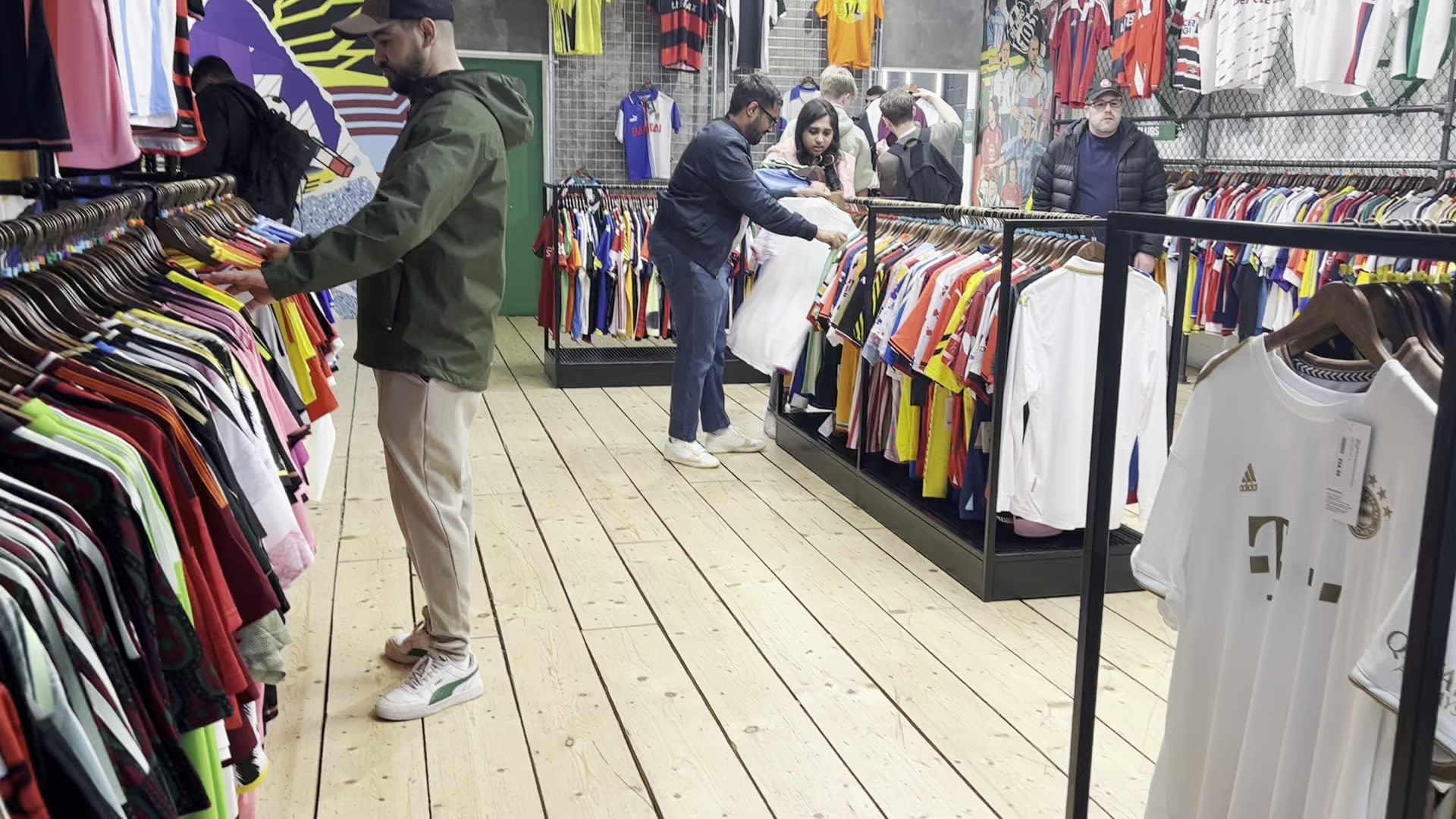
Once humble sportswear, football shirts now reign as fashion statements, artistic canvases, and cultural emblems.
In a world where symbols hold immense power, football shirts have emerged as versatile vessels.
For fashion enthusiasts, football shirts are the ultimate style chameleons, effortlessly transitioning from streetwear staples to high-fashion statements.
In the hands of artists and activists, football shirts become potent vehicles for social commentary.
And for die-hard sports fans, football shirts are akin to armour, a representation of their allegiance to their beloved clubs.
No longer confined to the pitch, their popularity has skyrocketed in recent years, transcending their traditional role as mere sportswear to a global cultural phenomenon.
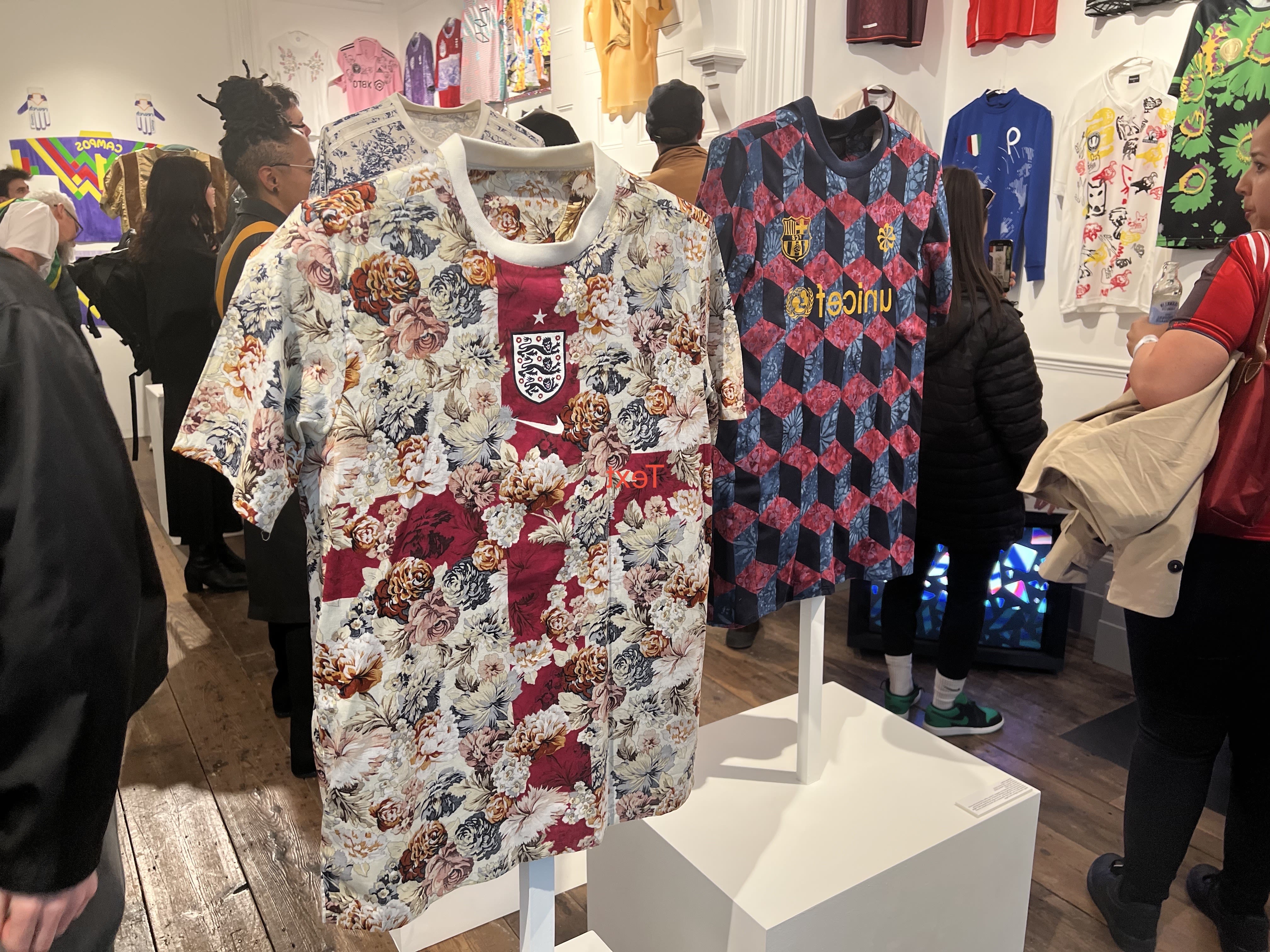
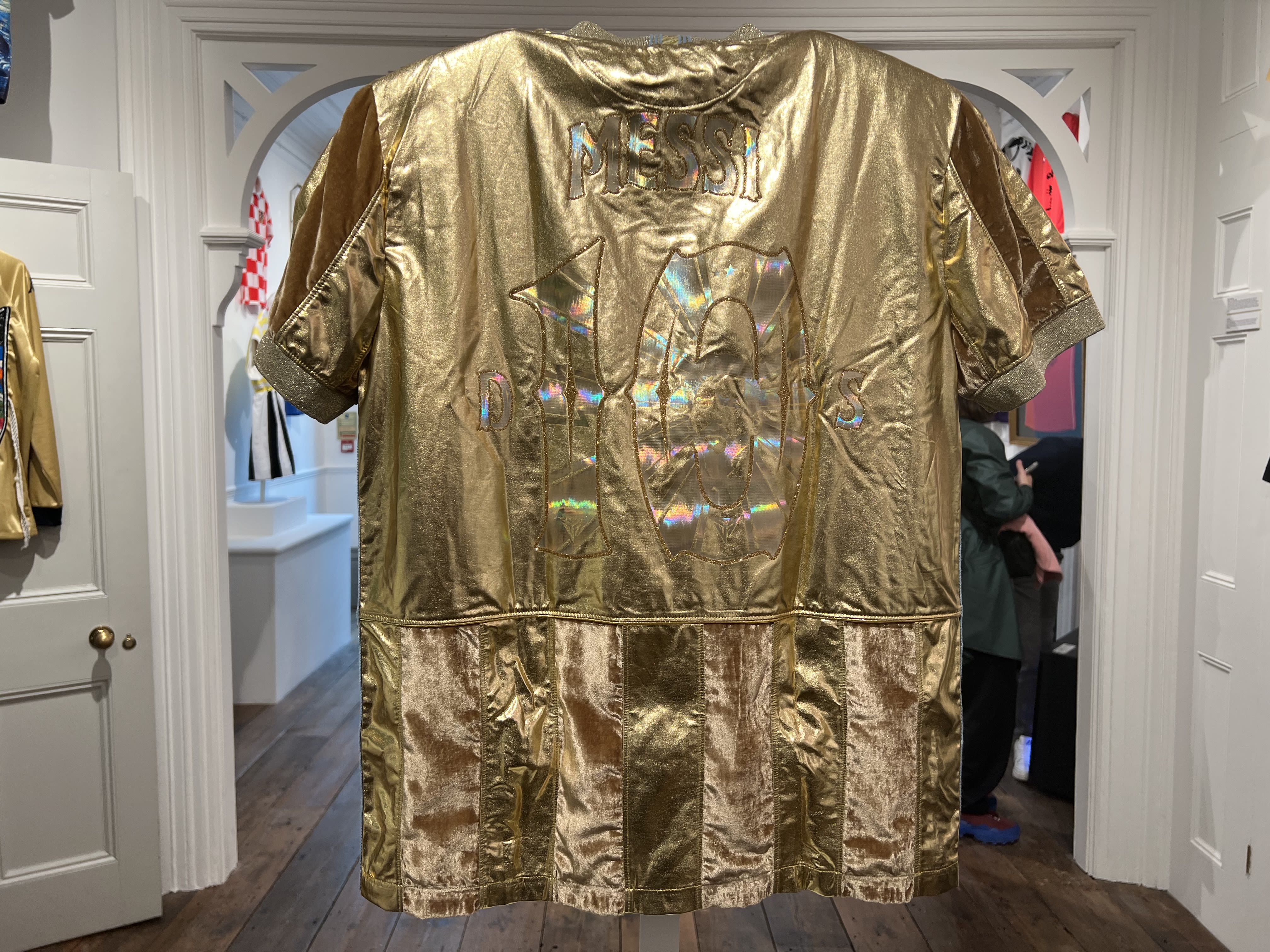
The evolution of football shirts
If you’ve taken a stroll through London in the last few months, you will have noticed the sea of Man United, Liverpool, Arsenal, Real Madrid, AC Milan and England jerseys ranging from the current season all the way back to the 80s.
And though it might seem as though football shirts have always been seamlessly woven into the fabric of streetwear and fashion culture, this transformation was decades in the making.
In the early days, football shirts were rudimentary garments comprising basic patterns, with an emphasis on function over aesthetics.
As the game grew in popularity the shirts became more than just clothing, reflecting the cultural agenda of each era.
The 1960s ushered in a new era of innovation where synthetic fabrics such as nylon and polyester were introduced, which revolutionised football jerseys by providing increased durability and flexibility.
The 1970s marked the first appearance of sponsor logos on football shirts and replica shirts were made available for fans to purchase while the 1980s introduced bold patterns and geometric designs.
But it was the 1990s that truly cemented the football shirt's status as a fashion behemoth, producing some of the most iconic strips of the 20th century.
These designs mirrored the audacious flair of the decade’s biggest stars – Ronaldo, Zinedine Zidane and David Beckham to name but a few.
And the shirts became collectors' items, cherished for their unique and eye-catching aesthetics.
"The 90s were the golden era for a lot of things, especially football and music," reminisces Arsenal fan Jacob, 38.
“There was a certain swagger in football back then and the kits are like a snapshot of that time.
“I’m not surprised it continues to resonate with younger generations.”

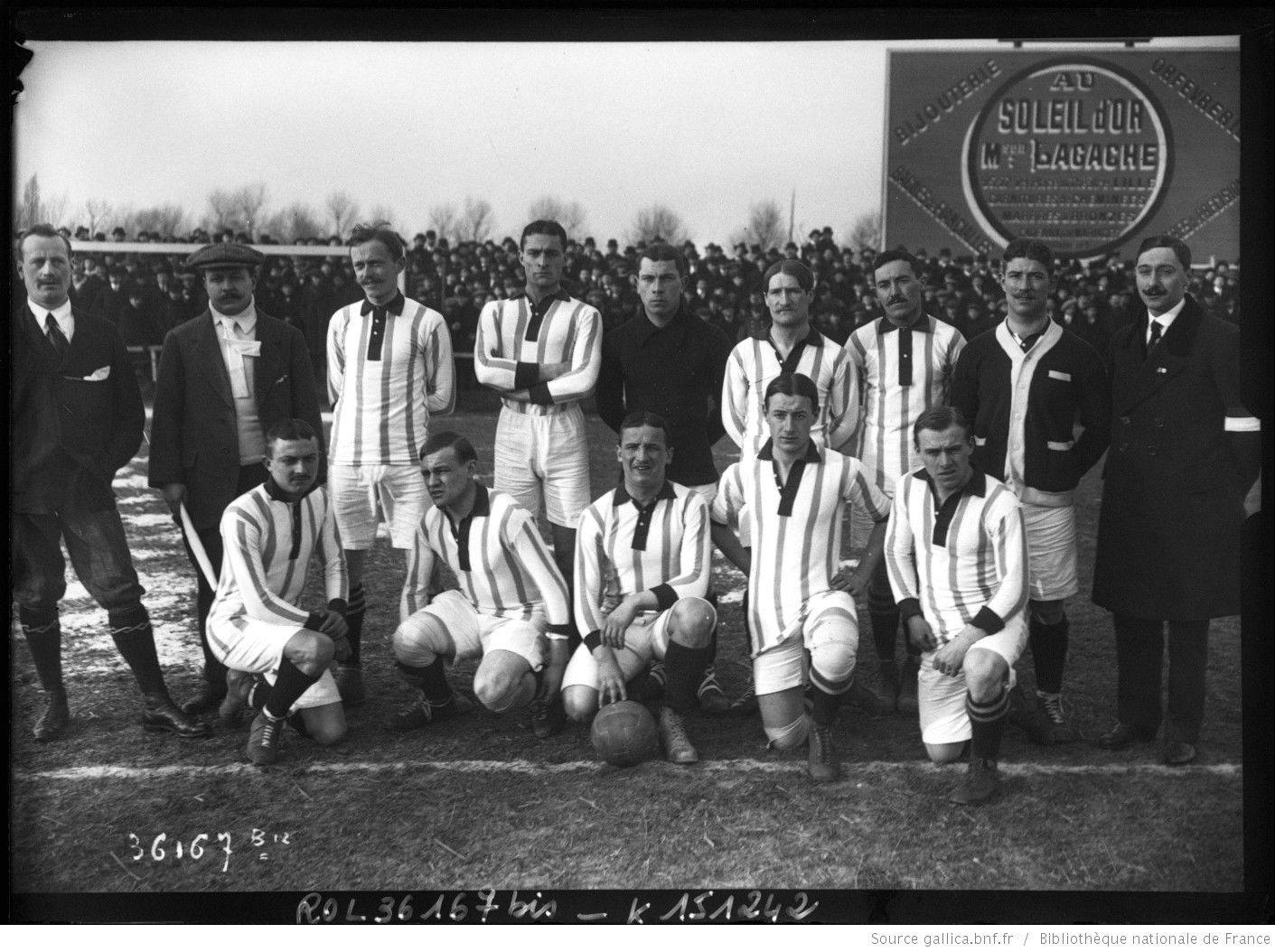
The Rise of Blokecore
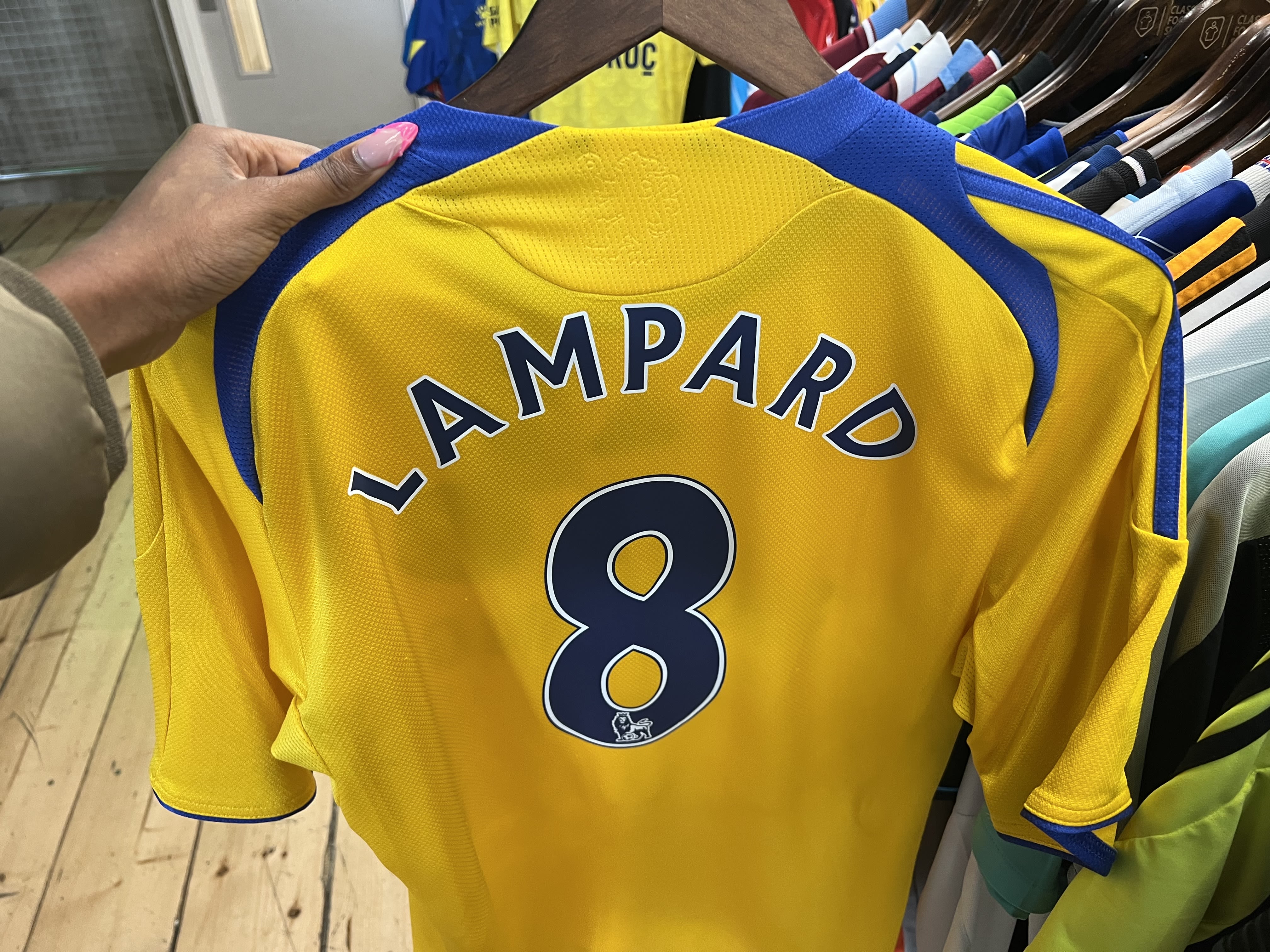
Fast forward to the present day and football and fashion are inextricably linked.
This is most evident in the rise of ‘blokecore’ – a phenomenon coined by TikToker Brandon Huntly to celebrate the rise in popularity of the dad-esque, football-centric aesthetic of football jerseys paired with baggy trousers and trainers.
What makes this surge different lies in who the shirts are now being worn by.
No longer matchday attire adorned by middle-aged men in pubs, they have become the uniform of choice for the cool kids on TikTok and Instagram.
Social media influencers as well as popular musicians like Drake, Stormzy and Tyler, the Creator have been spotted wearing football kits in their music videos and at their shows, showcasing their love for the sport to their millions of fans worldwide.
Brands and designers have also been taken in by the allure, with football shirts having been adopted by major fashion houses including the likes of Prada, Balenciaga, Gucci and Stella McCartney.
Sharing insights into this trend, Charlie, Supervisor at Classic Football Shirts in Shoreditch explained how football shirts have become coveted items even amongst those who are not staunch football fans.
Charlie from Classic Football Shirts speaking on the changing demographics in the store
Charlie from Classic Football Shirts speaking on the changing demographics in the store
“When I was growing up you wanted to have the latest season’s kit, now it’s gone the other way and you want the one that no one else is wearing.”

Shirt shaker, money maker
This increased demand has had a profound impact on the prices of vintage football shirts, with rare and limited-edition jerseys fetching prices akin to luxury fashion items. Manchester United’s 1983 home strip will set you back an eye-watering £500 whilst Liverpool’s 1989/90 classic shirt goes for £400.
These steep sums are not limited to exclusive vintage apparel – modern shirt prices follow the same trend, with clubs capitalising on the immense revenue potential of jersey sales.
Buying a new football shirt in 2024 will cost around triple as much as when the Premier League first started in 1992.
A standard England shirt for this year’s European Championships costs £84.99 - £20 more than three years ago for the Euro 2020 final.
Peter, 56, who supports Chelsea and Nigeria lamented how expensive it has become to purchase club colours.
The top clubs in the world rake in staggering amounts from jersey sales alone, with Barcelona leading the pack at £153.1m in 2023/24. Real Madrid and Bayern Munich follow closely behind, making £132.6m and £125.74m. Liverpool is the top earning English club, generating £112.9m.
Recognising the lucrative potential of shirt sales, clubs have adopted a strategy of releasing multiple kits each season.
Serie A outfit, Napoli and their kit maker Emporio Armani released an unprecedented 13 kits for the 21/22 season.
This relentless cycle of new kit releases has not gone unnoticed by fans who are concerned over the blatant commercialisation of the sport.
Yet, despite this, the demand for football shirts shows no signs of abating.
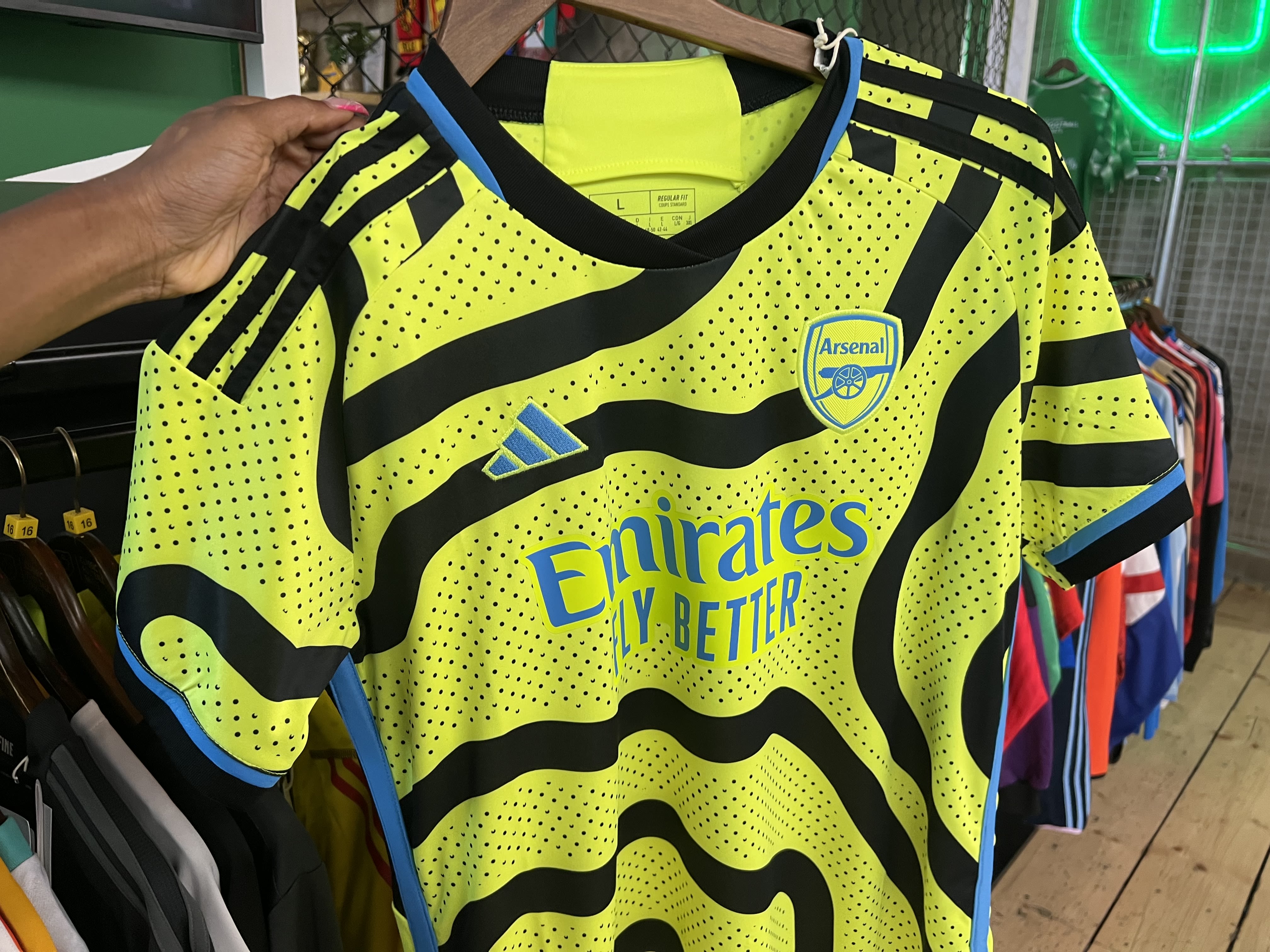
Shirts speak louder than words
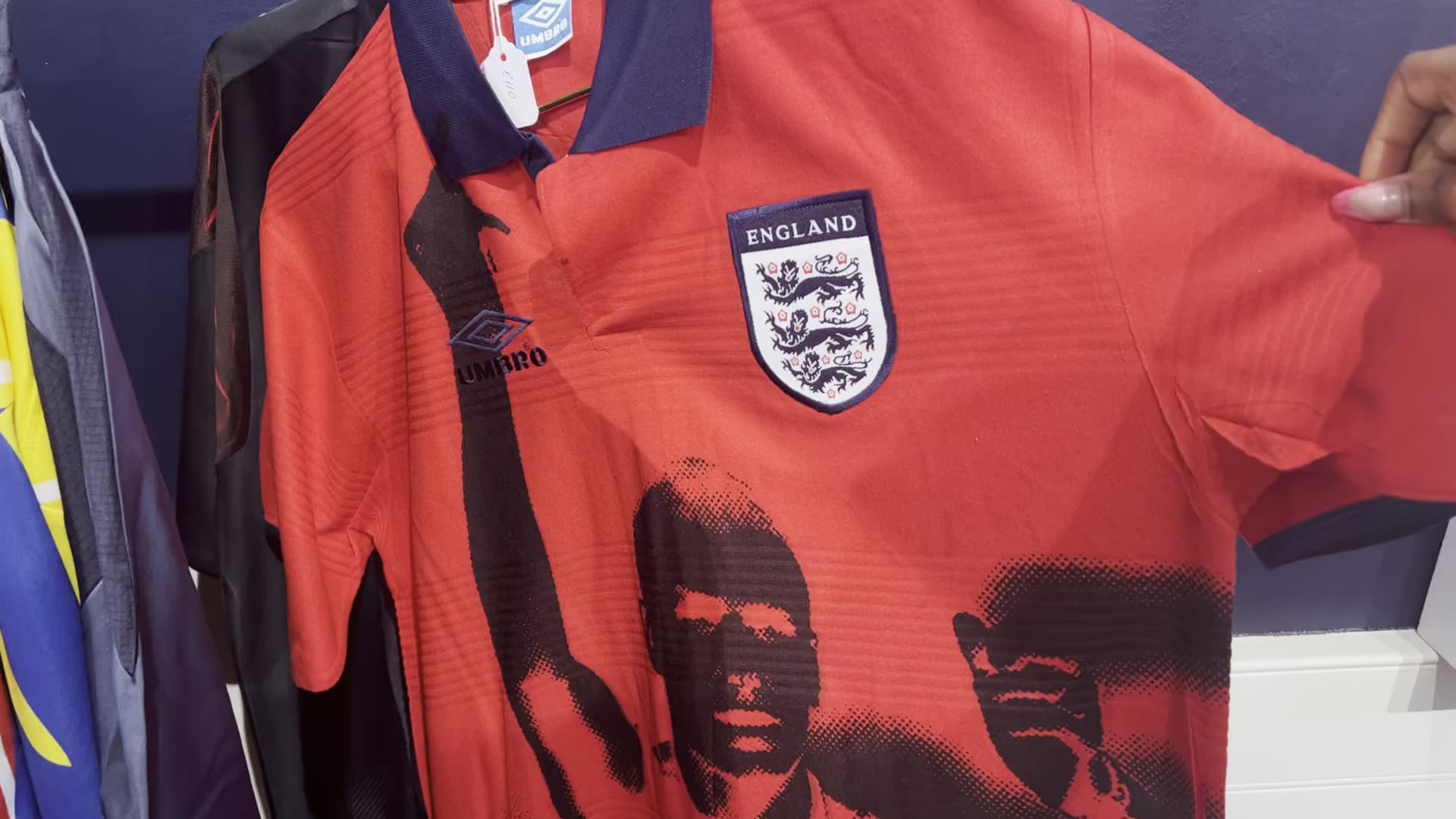
Indeed, it's not all about looking good and making money, football shirts have been used as a medium to raise awareness about social issues.
Arsenal, for instance, in collaboration with their kit suppliers Adidas, created an all-white strip as part of their "No More Red" campaign to raise awareness about knife crime and youth violence.
Another poignant example is the F the Fans collection created by fashion designer Hattie Crowther, which tackles the contentious issue of football fan behaviour.
It was inspired by the appalling racist abuse directed at England’s young Black players after Euro 2020 as well as the torrent of abuse David Beckham suffered following defeat to Portugal at Euro 2000.
She printed these players on the front of the shirt to shed light on the need for collective action to address fan toxicity.

Fashion Designer Hattie Crowther
Fashion Designer Hattie Crowther
Crowther said: "All my work is political and I wanted to create a piece that would not only condemn this behaviour but also spark a conversation about the need for greater respect from fans."
Her most popular pieces are corsets made from upcycled football shirts which she designed in response to the misogyny and homophobia that underpins a lot of football culture.
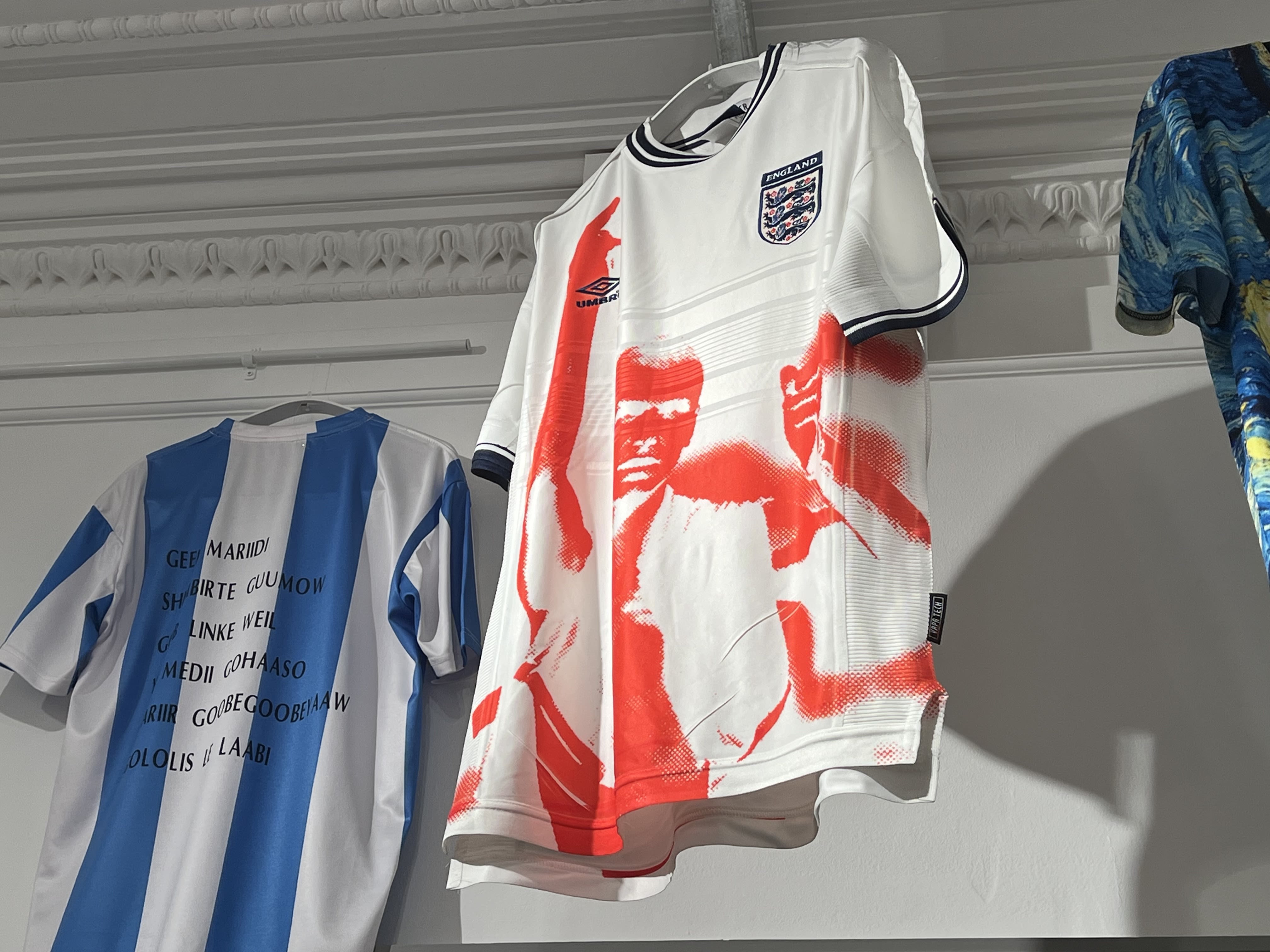

Another thought-provoking piece by Jonathan Monk addressed the aforementioned concerns of the commercialisation of football by creating a world tapestry using football shirts picked up in charity shops to depict the dominance of major sports brands.
It questions whether they have simply become advertising boards for companies, aptly demonstrating how the shirts themselves have become canvases for political statements and social commentary.
Jonathan Monk The World in Football Shirts Too (2018). Taken by Rosa Kama at the Tops Off Exhibit @ OOF Gallery, London
Jonathan Monk The World in Football Shirts Too (2018). Taken by Rosa Kama at the Tops Off Exhibit @ OOF Gallery, London
Whether worn as a fashion statement, a nostalgic tribute, or a means of social commentary, football shirts are indelibly etched in contemporary culture.
From the pitch to the runway to the streets and the galleries, they continue to evolve to the requirements of their diversifying fanbase while retaining their status as treasured symbols of identity, and belonging.
